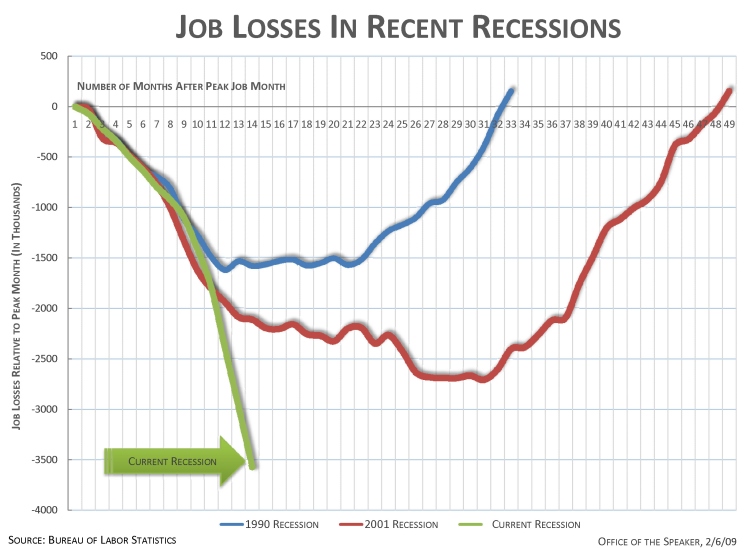
Tintern Abbey in Wales [Wikipedia]
I realize that there’s a long tradition of making facile comparisons to one’s own time and the fall of Rome. Still…
From History of Rome, Michael Grant, Scribners, 1978:
“In the vain hope, then, of keeping their armies in the field, the imperial authorities ruined the poor and alienated the rich. They also alienated and then very largely destroyed the solid segment of the population that came in between — the middle class…. But the external invasions and internal rebellions of the third century A.D. had dealt this middle class terrible physical blows, while the accompanying monetary inflation caused their endowments to vanish altogether…. The cities of the empire, their public work programs cut to nothing or severely restricted, began to assume a thoroughly dilapidated appearance; and then in the fourth and fifth centuries, despite contrary efforts by Julian and others, their position still continued to worsen, and the old urban civilization, especially in the West, plunged into a sharp decline….
“So throughout the last two centuries of the Roman West there was an ever-deepening loss of personal freedom and well-being for all except the very prosperous and powerful…. The authorities sought to impose maximum regimentation, to pay for the army and prop up the imperial structure. And yet all they thereby achieved was to hasten the ruin of what they wanted to preserve, by destroying the individual loyalty and initiative that alone could have achieved its preservation….
“There were also various other causes of the downfall of the western empire, secondary and peripheral, though not altogether unimportant. One of these was the proliferation of dropouts who refused to participate in communal and public life. There were many people who found the social and economic situation intolerable and in consequence went underground and became the enemies of society. A large number of them became hermits and monks and nuns, who abandoned the company of their fellow human beings….”
I’ve asked several friends for their thoughts on what form the dropout phenomenon might take this time. The social and economic dislocations of the 1970s led to the hippy and communal movements, and many people (including me), remember that period and were influenced by it. Whatever the shape of the new dropout movement, a neighbor pointed out two attributes that I’m sure we can count on. The new dropouts will be connected by the Internet, and they will be green, very green.







